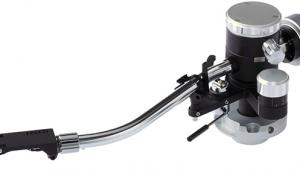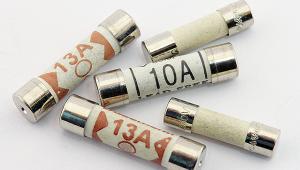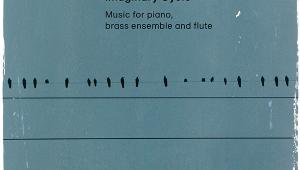Technics SL-XP5 Portable CD Player Page 2
The lack of a working battery prevented me from trying the SL-XP5 on the move, but some limited tests at home showed that shock resistance is pretty negligible – the design pre-dates the introduction of anti-skip memories by several years. As a home player it does well though, the styling being very similar to that of the company's SL-7 turntable (note the curved bulge in the lid at the front). The audio press at the time tended to argue that since the performance of all CD players was very good, one might as well plump for a portable since it was more flexible in the way it could be used. Those who like hulking great battleship players may disagree, but with models like the SL-XP5 one can see the virtue of the argument.
![]() Tim Listens
Tim Listens
I am always impressed by the quality of sound a good CD portable can give when connected to a full-sized amplifier and loudspeakers. Via its line output, the SL-XP5 sounds impressive, despite being tiny. Like the company's SL-P3 [HFN Sep '22] there are mitigating factors that improve the performance of the single DAC system to the point where reasonably convincing stereo images can be created. It's not perfect in this respect, but is good enough for all but the most critical applications.
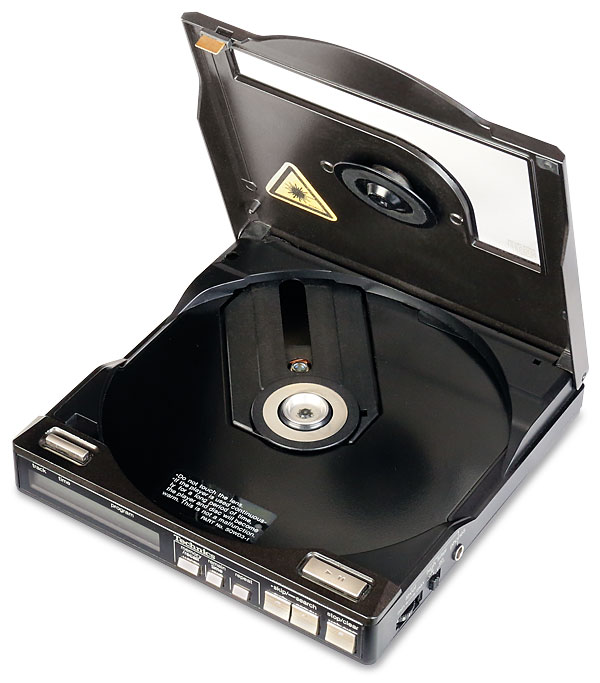
The tonal balance is similar to that of the SL-P3 too, being dry at the bottom end and slightly brittle in the midband. This was typical of Japanese players of this era (the Aiwa DX-1500 being a notable exception) and is a presentation that divides opinion. Personally I enjoy the treble focus and insight this brings. The SL-XP5's sound is also a little raw, possibly due to the lack of space inside the player to accommodate complex analogue filtering. I approve of this too, believing obsessive response shaping has wrung much of the life out of many a full-sized top-end Japanese player.
Another pleasing aspect of the design of the SL-XP5 is that the line output level is close to the 2V standard of a normal CD player, so the volume control of the amplifier works correctly when the portable is used as part of a hi-fi system.
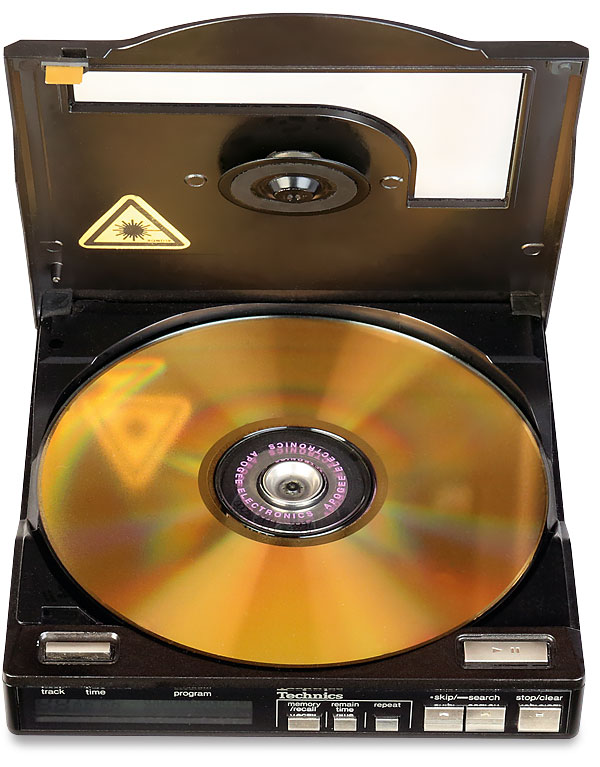
Joan Armatrading's 'Show Some Emotion' [Track Record; A&M CDA 63725] demonstrated the broad and continuous soundstage the SL-XP5 can project. Centre vocal presence wasn't as pin-sharp as when heard through some players, but the percussion still bounced off my listening room walls, well beyond the boundary of the outer edges of the speakers. I was quite taken by the sweetness of the sound around the vocals too. The presentation isn't as smooth as the best, but auditioned in isolation it is difficult to fault.
Totally In Tune
A similarly broad soundstage was also noted when listening to Vivaldi's Concerto Grosso Op 3 No 8 [Deutsche Grammophon 419 855-2], although some concentration was required to perceive any real sense of depth. Encountered briefly, the SL-XP5's sound is two dimensional when playing this recording, but the information is to be found once one has 'tuned in'. What was impressive was the clear rendering of the harpsichord in the allegro, which is easily lost behind the vigorously swirling strings when using equipment of a lower calibre.
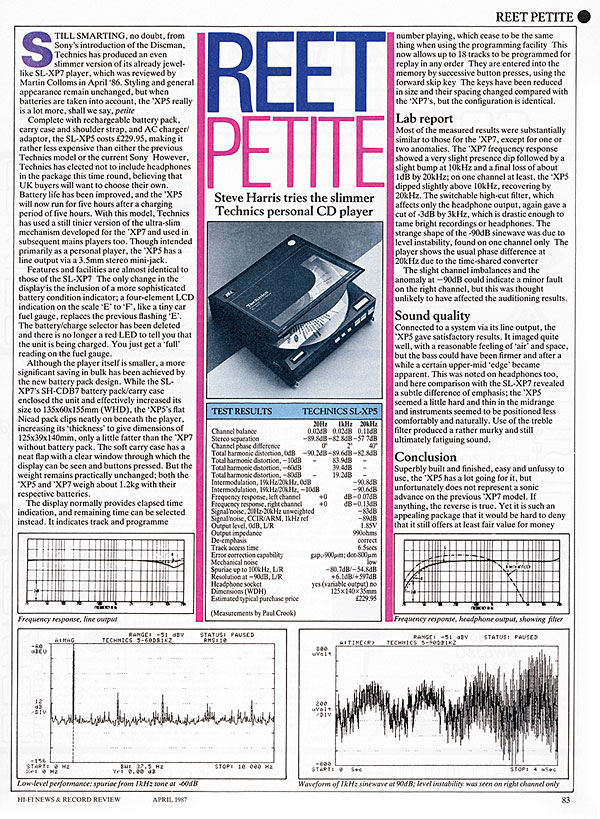
To hear a concert reproduced with such power and detail from this tiny, jewel-like box is still incredible, even 35 years after it was introduced. The battery and the player's poor resistance to shock make it hopeless as a portable, but this fine little machine has a lot to recommend it as a way of discretely adding a Compact Disc player to a vintage system that possibly pre-dates the CD format.
Buying Secondhand
There are a reasonable number of SL-XP5s still in circulation and at present they aren't as expensive as an SL-XP7, which have become very pricey of late. When buying, the first thing to check is that corrosion has not spread from the batteries and ruined the insides of the player if the unit has been stored for a long period with battery pack attached.
A weak point is the hinge in the rear lefthand corner, which acts against a strong spring that pops the lid open a little when the open key is pressed. The force of this can cause the plastic to split around the pivot, making the lid difficult to close.
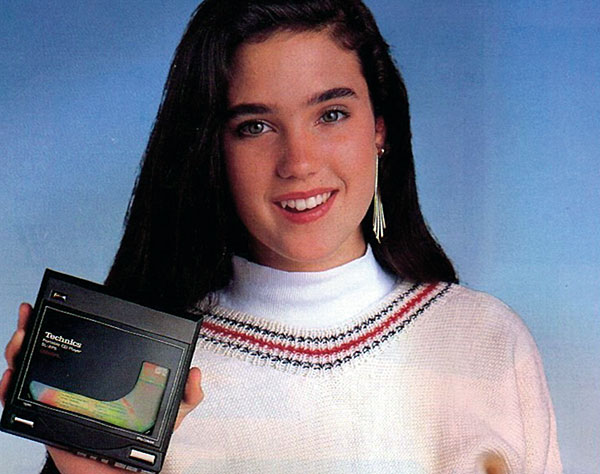
It's also crucial to ensure that the power unit is present because modern alternatives are not available. Even the connector is unique, so you can't even make something up if the original is missing. The model number of the UK power unit is SH-CDA5.
Putting these issues aside, the players are long lived, durable machines. Portables traditionally see less use than full-sized models so worn out motors and lasers are less common. Faults of a mechanical nature are normally the result of sand or grit (from the beach perhaps?) getting into the works and becoming stuck to the grease on the sliding parts of the mechanism. If this is the case then repairs require sharp eyes and a steady hand.
Hi-Fi News Verdict
The SL-XP5 may not be the best known of the early portable CD players but it's certainly one worth seeking out for those who like beautifully crafted miniatures. Its performance in a full-sized system is impressive, and there are many traditional CD players that are not quite as enjoyable to listen to. But remember to hold out for a complete and well cared for example should you be tempted.




























